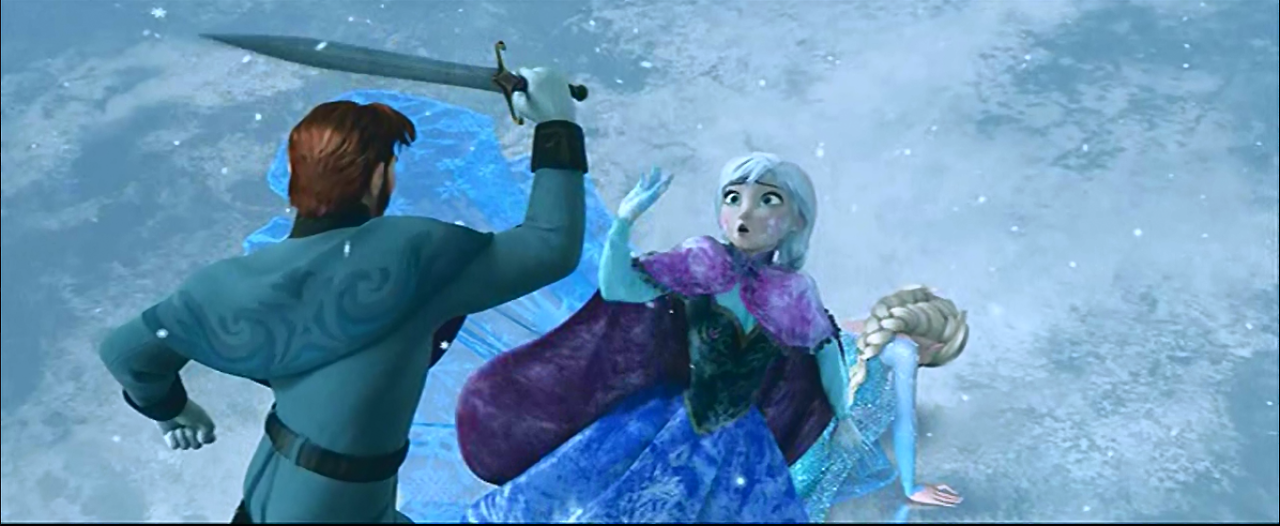
The Frozen Phenomenon
When I saw the commercials for the Disney movie Frozen, I expected the typical Disney
princess movie: a princess wearing a sparkly ball gown and long flowing hair, a
magical ability to talk to animals, a beautiful singing voice, and most
importantly a true love. As an avid Disney fan, I immediately bought tickets to
see it in theater. I already knew the ending! The princess would be swept off
her feet by a dashing prince who would save her from the evil villain and ultimately
win her heart. Disney princess movies had followed this plot line for over sixty
years since the release of Cinderella in 1950; however, this never stopped me
from watching every movie multiple times.
And so I sat down in my plush theater seat with my bag of popcorn and large soda and began to watch Frozen. Beautiful princess? Check. Songs to push the plot line? Check. Talking Animal? Olaf’s adorable! Disney magic? Of course. And Prince Charming saving the damsel in distress? No! No? Disney had switched up its typical plot line. This time, it was another princess sacrificing herself to rescue her sister. A woman had saved the day. Disney had finally realized its influence in empowering women by creating characters who were not dependent on another individual.
For better or for worse, Disney princesses serve as role models for young girls. Naturally, a young girl is attracted to the gorgeous, magical princess who can chat with woodland creatures. During Halloween, many young girls dress up as their favorite princesses in ball gowns and tiaras to go trick or treating. The princesses of the past were unable to escape their circumstances without the help of another. Now girls could dress up like Princess Ana and Queen Elsa from Frozen as women who were powerful, independent and capable of saving themselves. This Frozen phenomenon could only be beneficial to society by providing young women with examples of striking women with leadership abilities, competence and skill. Disney’s character change from a damsel in distress to a capable leader reflects the desire for young girls to choose their own destiny.
I've gotten at least one English paper analyzing the representation of gender in Frozen, and I think some more on similar topics in other Disney films. I wonder though if calling something "most progressive Disney film" is not unlike calling someone the tallest short kid. Objectively, we are still dealing with a princess, a character type that imposes a number of restrictions in itself--is it that big of a difference that there is no prince figure? I haven't seen the movie, so I can't say for sure, but I'm interested what people think.
ReplyDelete